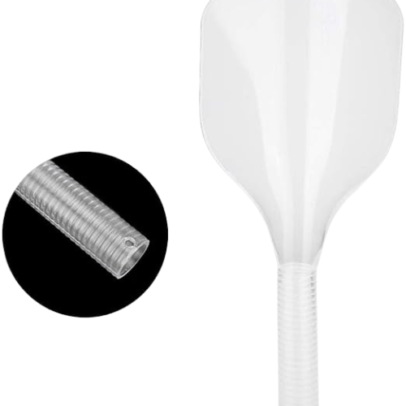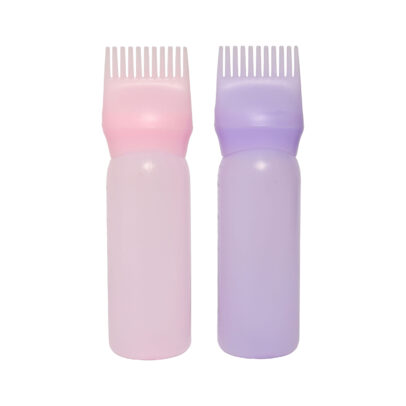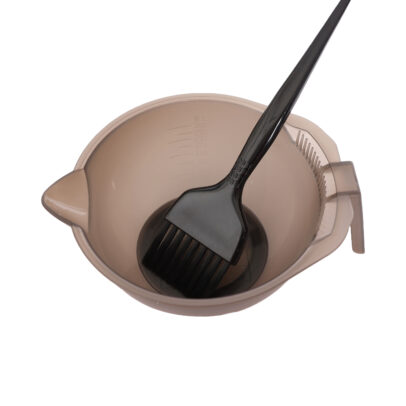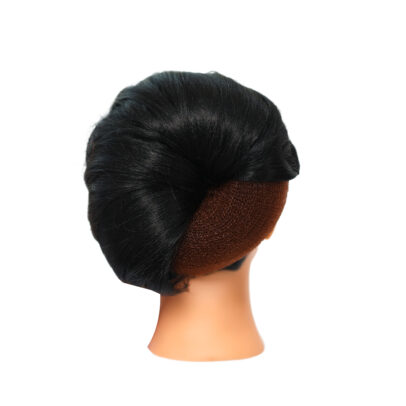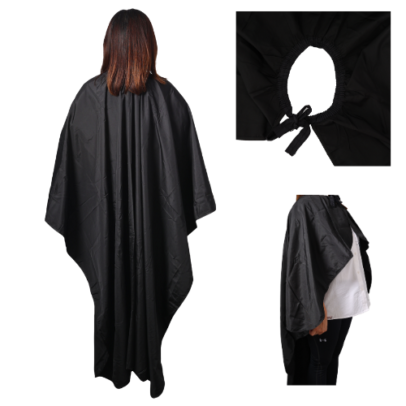Featured
Professional Mega Sponge File – 80/150 (Nail Buffer)
ITEM CODE: 1771
Nail Buffer Grit Chart
| Grit Range | Description | Ideal Uses | Caution |
|---|---|---|---|
| Coarse Buffer (100/180 Grit) | Smoothing acrylic or gel nails | Smooth out acrylic/gel nails and prep natural nails for UV gel | Use carefully to avoid damage |
| Fine Buffer (240 Grit) | Prepping and smoothing natural nails | Prep nails for product application and smooth out ridges | Gentle use is recommended to avoid over-buffing |
| Very Fine Buffer (400 Grit) | Achieving a matte finish | Smooth nails to a matte finish and blend tips | Apply carefully, especially when removing lifting |
| Ultra-Fine Buffers (1000-4000 Grit) | Creating a high shine | Achieve a high shine on natural or artificial nails | Use with care to avoid excessive buffing |
Understanding Buffer Numbers
- Lower Numbers (100-180): More abrasive, used for shaping nails and removing imperfections.
- Higher Numbers (240 and above): Finer, used for polishing and achieving a glossy finish.
How to Use Buffers
- Start with a Lower Number:
- Begin with the lowest grit buffer to smooth out rough spots or shape the nail. Use gentle, even strokes.
- Progress to Higher Numbers:
- Gradually move to higher grit buffers, refining the nail surface. This helps reduce scratches and prepares the nails for polishing.
- Final Shine:
- Finish with the highest number buffer for a smooth, shiny surface. Use light pressure and buff in circular motions for the best results.
Tips for Best Results
- Be Gentle: Buffing too aggressively can weaken the nails. Always use a light touch.
- Keep Buffers Clean: Wipe down buffers regularly to avoid transferring dust and debris back onto the nails.
- Hydrate: After buffing, apply a nourishing oil or cuticle cream to keep nails and cuticles healthy.
Using buffers correctly can greatly enhance the appearance of your nails, making them look polished and well-cared-for!







